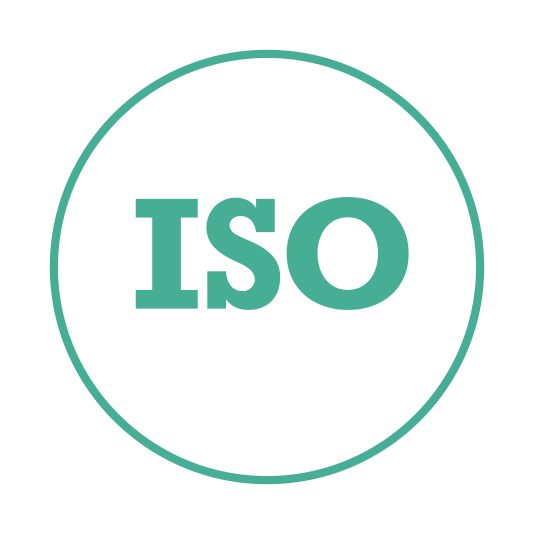Double diamond design process
Written by: Daria Vander May

When it comes to product development, there is an important distinction you need to make: either design the “right” product, or design products right. In a day and age where consumers have nearly limitless access to goods on the market, it falls on the user experience designer to design something that will stand out — something that will make consumers think I NEED this! The pressure is on to create something truly memorable, something bold.
Enter: the double diamond design process. The double diamond process is important because it brings a level of structure to our creativity. Instead of just bouncing careless ideas off of bored coworkers, this focuses us to redirect our mind in the direction of the consumer, and the data that supports consumer needs. By using empirical data, this process allows us to better understand the consumers through careful research, and apply this data towards important design decisions.
In a sense, it takes a lot of the chance away. Instead of worrying Will it work? the diamond design process gives designers the confidence to say, I know it will work. Understanding the needs of consumers is the key to the future of developmental design, and with the double diamond design process, you will have science-backed research on your side.
Research
Discovering the problem:
Research begins by asking a few simple questions:
Who? In order to develop a product that is useful, first you have to identify those that will benefit from it. In this sense, there are two groups of people: the users and the stakeholders. Understanding all of the players can greatly improve your chances of excelling later in the game.
What? Talking to your users and stakeholders directly will better help you to define the problem. It tells you what needs to be designed, both for the business’s success and the consumer.
Why? Seek to find the root of the problem. Why is it important that this product be designed? Why is it needed? This part of the research is the most important, as it allows you to understand user behavior, and how it pertains to the problem. It eliminates the guesswork by examining undeniable facts in the user’s everyday tendencies, so that you can better predict possible solutions.
Gathering empirical data before a design is imperative in removing personal preferences and incorrect assumptions that can hinder a product later in the design. Instead of designing and building things that are unnecessary or irrelevant, up-front data tells a designer what will work before countless resources are wasted building a faulty product. It saves money and time — two things that always seem to be in short supply. With the research done up front, team members have a deeper understanding of the design work that needs to be done, and with the help of continuous research, will be able to more confidently develop a product that is relevant.
This discovery process takes place in the beginning of the double diamond process. During this phase, there are three factors that must be considered:
Internal Factors: Seek to discover the drive of your users. What has influenced them to think and behave the way they do? Things to examine include personal history, moods (personal, environmental), culture (habits, dynamics), and education (social, academic).
User Activities: Identify the user’s activities in relation to the product being designed. What motivates the user? What do they want to accomplish? Try to understand the challenges that users face in their everyday lives, and how this relates to the design.
External Factors: Recognize what other factors could influence the user. Understanding what outside factors play a role in user behavior will allow for a more holistic approach as to how the user could interact with the potential design. These factors would include environments, distractions, and technologies (analog, digital, communications, etc).
This part of the discovery process can prove to be the most challenging. Many people do not understand why they behave the way they do, so asking them to identify the roots of their behavior could prove problematic. And contrary to popular belief, users are not always certain of what they want. They will make up their own solution to the problem without ever analyzing the issue itself.
It is up to us as designers to remedy this. Our responsibility as designers is to be aware of the issues faced by our users, and find a solution that will address a potentially diverse set of problems. People are complex — they don’t always say what they need, do what they say they will, do what’s expected, or even do what they think they do. It’s our job to ensure they have the right solution — one that actually addresses their needs.
Synthesis
Defining the problem at hand:
Synthesizing research, analyzing tasks, and making key decisions can help you to validate the hypothesized problem.
This can be done through Affinity mapping. Affinity mapping helps to find patterns in the qualitative data that has been collected. The Affinity map itself will have points that have been generated from each user’s interview, such as motivations (goals, “if/then”, context/surroundings, emotions, preferences) and behaviors (actions, “this/then”).
Once these patterns have been collected and grouped together, patterns will start to define themselves.
Now that the research has been collected and synthesized, you will be able to redefine the hypothesized problem or opportunity, giving you the chance to better solidify your design.
By starting with the identification of the problem first instead of the solution, it allows us to better understand the problem itself, and the better we understand it, the better we will be able to solve it.
Experiences such as these will often address multiple goals. It will be up to you to identify which of these is worth pursuing. Start by asking a few more questions: What is the person trying to accomplish? And what is their main need? Identifying the most pressing goal will help you to identify the MVP — Minimum Viable Product.
Redefine
Redefine the problem in order to provide clarity based on synthesized findings:
Now that we have the data, it’s important to go back and redefine the problem based on the findings we have collected. An effective way to stay focused when designing is to make a problem statement that includes research insights, intended audience, a problem or pain point found in the research, and the opportunity or goal needed to solve the problem. This problem statement will evolve with the product, as the data becomes more defined and the product design becomes more solidified.
Thanks to our findings, we are able to focus on the redefined problem and work towards creating the most valuable product. The insights and findings we’ve collected are now used to help us stay informed about the usability of our previous designs, and validate any changing or existing designs that make up our MVP.
Solution
Presenting our findings can help keep all of our stakeholders on the same page:
Now that we have a redefined problem, our goal will be to bring attention to the severity of usability problems, of which there are three major types that can arise:
Urgent: These are usability problems that tend to prevent the users from being able to complete the scenario. These should be prioritized in the DEVELOP section of the double diamond process.
Significant: These usability issues would typically cause the majority of users to find the experience frustrating if not resolved. This type of problem could lead to a higher drop-off rate.
Minor: These usability issues would result in an experience the users find to be annoying, however it does not inhibit them from the completion of the task. These type of issues are the last to be analyzed once the Major and Significant have been resolved.
Disclosing to our stakeholders the methodology used when collecting our research can help weave the story as to how we reached our insights. Every test session, device tested, and participant was an important guiding point in our research method, and it is necessary that we include them when explaining the approach to our research.
Contact Us
Urban Emu is an experience agency proudly driven by a singular mission: to transform the way humans live. We achieve this through a powerful fusion of design, technology, and communications, creating unparalleled online and offline experiences.
We love to hear about ideas big or small. Please don’t hesitate to get in touch with us regarding your project.
Email: hello@urbanemu.com












